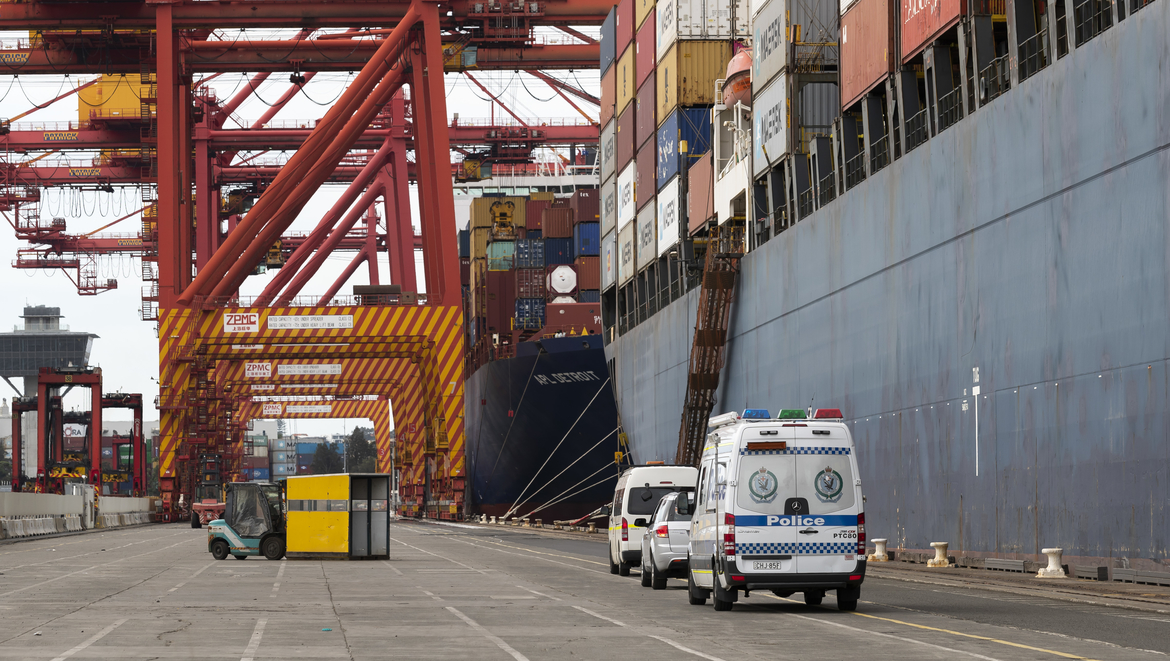Energy Minister Angus Taylor announced on 22 April that the government is spending $94 million to buy up oil at rock-bottom prices. While this might bring us nearer to the 90-day stockpiling commitments flagged by the IEA, there’s one small problem – the plan is to store it in Texas.
To continue reading the rest of this article, please log in.
Create free account to get unlimited news articles and more!
A bona fide move towards a safer Australia, then? Or a nod to IEA apparatchiks?
Opposition Leader Anthony Albanese put it bluntly. Speaking to the ABC, Albanese said the move was “rather bizarre” and did not protect Australia’s national interest.
“The United States isn’t New Zealand. I mean, it’s not next door,” he said. “If there’s the sort of international conflict or issues that provide disruption to sea lanes that may well occur at some stage in the future, then that is why nation states need to have this fuel capacity.”
Writing in ASPI’s The Strategist, Dr John Coyne and Hal Crichton-Standish point out the all-too-obvious chinks in the armour.
“How is the crude going to be refined?” they ask. “And how long will it take before the fuel can be used in Australia?”
If shipped immediately, most sources put the answer to the latter at around the 35-day mark. Of course, this is during peacetime – if Australia were to call for access during conflict, the US would have sovereign priority over the resources. It might not come at all.
Australia’s fuel security woes have long been a headache for Canberra. Since 2012, the country has lagged behind our IEA partners in terms of the 90-day guideline; in fact, at the time of writing, Australia is the only member state out of 30 not currently in compliance with the rule. According to the latest available figures from the the Department of Industry, Science, Energy and Resources' Australian Petroleum Statistics (available for the month of February), Australia has enough refined and unrefined petroleum to cover its output for just 56 days. Esteemed analysts like John Blackburn have also pointed to dwindling fuel refinery numbers as problematic, especially considering that a majority of those to survive are now foreign-owned.
While it is clearly an opportune moment to shore up Australia’s fuel security strategy, the lag time associated with refining and transport means that supplies stored in the US would be near useless in an outbreak of conventional war; particularly one centred on the Pacific. While Minister Taylor and his department are keen to spruik the move as an example of sound fiscal spending, Coyne and Crichton-Standish also underscore financial weaknesses in the plan.
Plugging the gap
“Australians can be reassured there is plenty of fuel in the country and we are extremely well placed to keep supplies flowing through the COVID-19 pandemic,” said Minister Taylor on 22 April. Which raises the question, of course, as to where this fuel is stored, and how we might develop those capabilities.
Numerous suggestions have been floated by commentators and academia, most centring on northern Australia. These include:
- Making full use of facilities located on Darwin’s Melville Island, which boasts 30 million litres of unused storage capacity (ironically, the ADF’s annual burn rate);
- Doubling down on supply chain and logistics support to RAAF Base Tindal, which are stretched periodically by Exercise Pitch Black; and
- Encouraging and/or subsidising bids from private developers. One such example came several years ago, when an NT-based private consortium laid out a $200 million proposal to expand fuel storage facilities at East Arm by 60 million litres.
Investment into fuel storage facilities doesn’t come cheap, but it’s clear that you get what you pay for. With Australia sourcing jet fuel direct from Singapore to Tindal and other strategic priorities such as US-Australia co-operation concentrated in the Territory, funding channeled into the region also serves a number of ancillary purposes.
Different strokes
Above all, it’s clear that a robust fuel security strategy needs to account for specialised roles and fuel-type requirements. A breakdown of APS figures shows that in 2018, Australia was assessed as having a relatively high amount of LPG (at 59 days), but only 19 days’ worth of processed aviation fuel. This point is worth pause. In the event, however unlikely, of supply-line disintegration, the RAAF doesn’t have enough fuel to keep pilots overhead for three weeks.
As well as the ADF, we also need to think about how we prioritise emergency services and the broader security network. According to most authorities on the point, it would take up to three weeks to implement fuel rations under the current legislative scheme (the LFE Act 1984). As was all too clear during the bushfire crisis, regional and remote Australia is all too vulnerable to supply-chain hiccups.
These are questions that should be put to the ongoing National Energy Security Review (NESA), the last of which was conducted in 2011. Though the public consultation phase closed early last year, a raft of interesting submissions were put to the review.
The Australia Institute (AI), for one, noted that the country’s addiction to foreign-supplied fuel proves problematic even in peacetime. One example cited in AI’s paper was the 2012 failure at Shell’s Geelong factory. It noted that diesel ran out for two days in north-west Victoria, disrupting supply in the middle of the harvest period.
Many have suggested the COVID-19 outbreak to be a potential catalyst for change. If this is indeed the case in terms of fuel security, the time to act is now.
You can find more information about the NESA and register for updates here:
As always, your comments, and input are greatly valued. We would like to hear your thoughts on Australia’s historical approach to fuel security and avenues for improvement in 2020 in the comments section below, or get in touch with

 Login
Login







